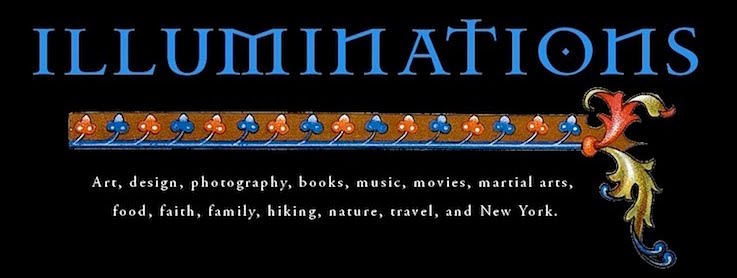Wednesday, September 15, 2010
The Rockaways
One of the more surprising aspects of many New Yorker's lives is the presence of an active, old, and enduring beach culture. Too often our visitors hit the big tourist spots in Manhattan, maybe take a ferry ride or two out to the see sites, and just assume we all live on that island.
But the truth is, the boroughs of Queens and Brooklyn are part of the larger land mass which forms Long Island. The Rockaways consists of a series of towns on a smaller spit off this island, between Jamaica Bay and the Atlantic Ocean. When you swim (or surf, or kayak) the Rockaways, you are in the Atlantic Ocean. And it's expanse is as wide and vast as that ocean.
I found the most interesting dichotomy to be this difference between an obvious beach culture, and the neighborhood right after the boardwalk, because many parts of the Rockaways border projects and ghettos. It's quite a shock between the two, a stark contrast in feelings and realities, given the beach and all its' connotations. One typically associates "beach" with resorts and vacations hot spots, not a depressed local economy. It is in this sad reality which parts of the Rockaways exist. There is no reason why these beautiful beaches shouldn't attract all kinds of visitors and New Yorkers.
It is my firm hope that after the revitalization project in Coney Island, we all turn our attention back to this place, and help smooth out the contrasts between the boardwalk and the bordering towns. This is New York, and we all deserve to comfortably swim it's shores, in an ocean as beautiful as the Atlantic.
Sunday, September 12, 2010
Brooklyn Book Festival
A soggy day for this annual event did not stop the flannel-clad hipsterati of literary Brooklyn from supporting their bibliophilism.
Remembrance
I've always loved the simplicity of two pure, brilliantly bright white lights stretching high up into the clouds. It's beautiful, without being showy or overwrought; spiritual, meditative, and somehow, despite their size, quiet and gentle—a religious depiction of true faith, without hearkening to any particular one.
Whatever the outcome of all the recent construction, power struggles, and political gaming, I feel rest assured my fellow New Yorkers will always cherish this symbol of what remains our devotion to the ideals which this city has come to represent: liberty and justice for all. Displays like these, which mark the significant events that have come to shape the American character, serve as a reminder for us to hold onto all our beliefs and ideals even tighter.
Mourning is public. Grieving is private and personal. These represent both of those states to me.
Subscribe to:
Posts (Atom)




